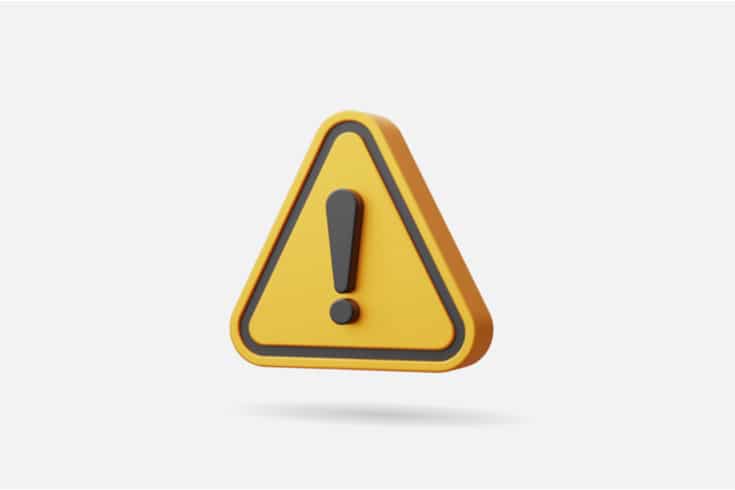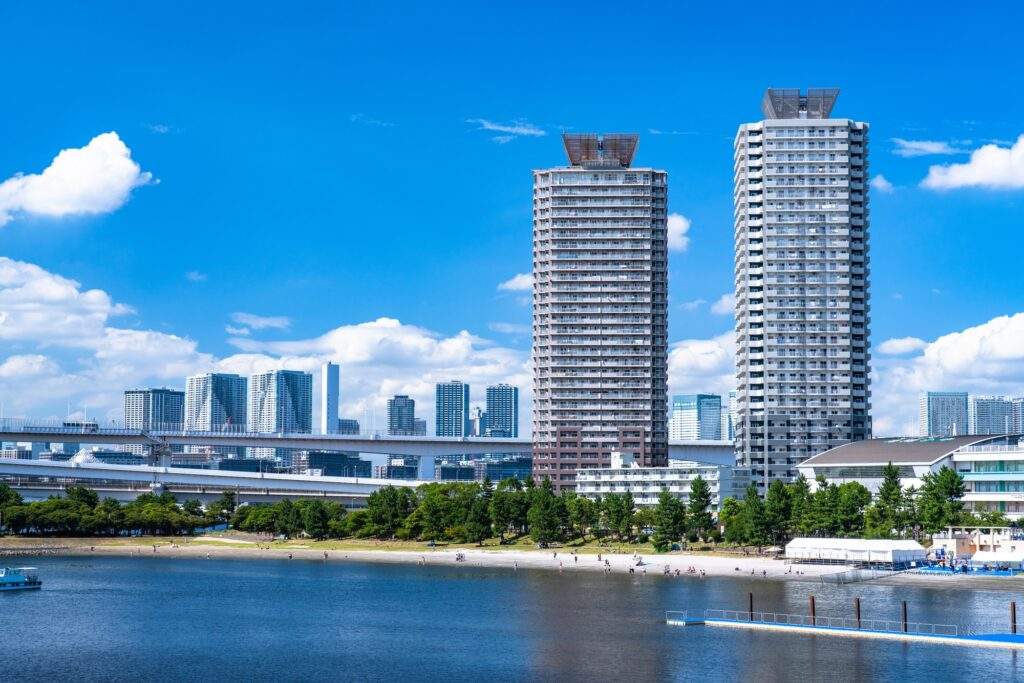What is the Method to Identify the Poster of a Comment on 'Bakusai.com'? Pay Attention to the Log Retention Period

Bakusai.com (hereinafter referred to as Bakusai) is a massive bulletin board, second only to 5channel (formerly 2channel). If you find yourself being defamed there, your first thought might be, “I want to identify the perpetrator!”
Therefore, we will explain how to identify the perpetrator if defamatory comments are posted on Bakusai.
What is Bakusai?

Firstly, let’s explain what Bakusai is, including its operating company, personalityistics, and issues.
Operating Company
The operator of Bakusai was not disclosed for a long time, and only an email address was listed on the bulletin board as a contact point. However, recently, it has been revealed that AeGate Corporation, owned by Mr. Kentaro Takaoka, is operating the site, following his arrest on suspicion of tax evasion.
Characteristics of Bakusai
Bakusai is an anonymous bulletin board boasting a scale second only to 5channel (formerly 2channel). Its most distinctive feature is that the bulletin board is divided by region, making it easy to post local topics. Consequently, it is common for personal information and defamatory comments about local businesses and residents to be posted.
Issues with Bakusai
Because Bakusai is a regionally focused bulletin board, it is prone to posts about local residents and general individuals, leading to potential defamation.
In such cases, if addresses and workplaces are disclosed on the bulletin board, privacy can be significantly violated, posing a high risk to personal life.
Furthermore, posts about local businesses and companies’ reputations tend to accumulate easily, and once posted, they spread rapidly on the internet. As a result, this can lead to reputational damage and a decrease in sales for businesses.
Identifying the Poster on Bakusai! The Procedure

If you have been defamed on Bakusai, you may not only request the removal of the offending post but also identify the perpetrator. This is known as identifying the poster. Particularly in severe cases where similar posts are persistently repeated, it can be difficult to resolve the issue simply by deleting the posts. In such cases, it is necessary to track down the perpetrator and stop them from posting.
Furthermore, you may be able to claim damages for malicious posts. Therefore, it is necessary to first identify the poster. For information on how to delete defamatory posts on Bakusai, please refer to the detailed explanation in the article below.
https://monolith.law/reputation/bakusai-posts-deletion[ja]
The procedure to identify the poster is legally known as a request for disclosure of sender information. We will explain what this procedure entails in the following.
Making a Request for Disclosure of Sender Information
In the case of anonymous bulletin boards, there is no need for posters to register personal information to post. Therefore, the administrators of the bulletin board do not directly know who the poster is. This applies to Bakusai as well, as there is no need to provide any personal information when creating a thread or responding to one.

The only personal information that the operators of Bakusai may have about the poster is the IP address of the person who posted the defamatory content. Therefore, to identify the poster, you first need to disclose the IP address of the person who posted the defamatory content.
Specifically, you will request the administrators of Bakusai to disclose the IP address and timestamp related to the offending post. Then, by using a service called Whois that provides registration information for IP addresses and domains, you can identify the Internet Service Provider (ISP) used for the post by searching the IP address disclosed by the administrator.
Then, you typically request the ISP used by the poster to disclose the personal information of the user who made the offending post.
To summarize, the process is as follows:
- Obtain disclosure of the IP address and timestamp from Bakusai
- Identify the ISP used by the poster through a Whois search
- Request the ISP to disclose the personal information of the poster
For more details on the request for disclosure of sender information, please refer to the article below.
https://monolith.law/reputation/disclosure-of-the-senders-information[ja]
Making a Request for Disclosure of Sender Information through Provisional Disposition
It is often thought that the first step mentioned above, the request for disclosure of the IP address, is often not accepted in the case of Bakusai.

Bakusai states regarding the disclosure of poster information, “We ask that you promptly contact the police regarding information disclosure. We respond to almost 100% of requests from the police.” Therefore, it is often the case that a victim’s request for IP address disclosure via email or other means to Bakusai is not accepted.
Bakusai has a contact point for lawyers, and at least responds to disclosure requests from lawyers.
Also, considering the strict time limit mentioned later, it is advisable to use the provisional disposition procedure, which can more reliably achieve disclosure. Provisional disposition is a simplified legal procedure, and it is possible to achieve disclosure in a relatively short period of about one month until a conclusion is reached.
However, the final step to identify the poster, which is the request to the ISP for disclosure of the poster’s personal information, generally cannot use provisional disposition and becomes a regular civil lawsuit procedure. Therefore, it may take about a year to finally obtain the personal information of the poster.
Identifying the Poster on Bakusai Enables Damage Claims

If you can identify the poster of defamatory comments, you can take various actions against them. In particular, if the post is deemed to infringe on your reputation, you can make a claim for damages based on the tortious act under Article 709 of the Japanese Civil Code.
There are several ways to make this claim for damages, each with different costs and procedures. Consult with a lawyer to determine which method is best suited to your situation.
Examples are presented in the following article.
https://monolith.law/reputation/calculation-method-of-compensation-for-damages[ja]
Identifying the Poster on Bakusai is Difficult

Even if we receive disclosure of IP addresses and other information from the administrators of Bakusai, it may be difficult to identify the poster. Broadly speaking, there are two cases: when there is a problem with the service used by the poster to post defamatory content, and when the Internet Service Provider (ISP) cannot identify the user.
Case where there is a problem with the service used by the poster to post defamatory content
For example, if the poster used a public Wi-Fi that does not require registration to post defamatory content, the provider of that Wi-Fi does not hold the personal information of the poster, making it impossible to identify the poster.
It is also difficult to identify the poster if they are posting defamatory content from an internet cafe. The ISP contracted directly with the internet cafe, so the provider does not know the personal information of the actual poster.
Furthermore, internet cafes usually do not hold information about which sites the user accessed. Therefore, if the defamatory post was written at an internet cafe, it becomes difficult to identify the poster.
Moreover, when the poster posts defamatory content, they may intentionally use an overseas proxy server to avoid being identified. This is indicated by terms such as “tor”, “proxy”, and “tor+vpn” in the IP address search results using Whois, as explained earlier. In this case, you have no choice but to give up further tracking.
Case where the Internet Service Provider cannot identify the user
As explained earlier, ISPs typically identify posters by IP address and timestamp. However, in some cases, the ISP may request additional information because it cannot identify the user with just the IP address and timestamp.
Especially when the ISP is a mobile phone company, there are cases where additional information such as the “destination IP address” is requested. In mobile phone companies, it is possible for many mobile terminals to use the same IP address at the same time, making it difficult to identify the poster with just the IP address and timestamp.
However, the likelihood of the same destination being accessed by mobile terminals using the same IP address at the same time is low. Therefore, if you know the “destination IP address”, you may be able to identify the poster. In the case of Bakusai, the site administrator often complies with the request for disclosure of the destination IP address from the lawyer.
However, even with the destination IP address, it may not be possible to identify the poster. In this case, you will attempt to identify the poster by obtaining additional information such as the individual identification number of the mobile phone. However, it is a fact that there are cases where you have to give up because you cannot necessarily get the poster’s information disclosed by such methods. For more details on cases where it is difficult to identify the poster, please refer to the article below.
https://monolith.law/reputation/disclosure-of-ipaddress[ja]
Points to Note When Identifying Posters on Bakusai! Log Retention Period is Short

Internet Service Providers (ISPs) store connection logs to identify their customers, the posters, from IP addresses and timestamps. When they receive a request for disclosure of sender information, ISPs use these connection logs to identify the poster.
However, the retention period for these connection logs is short. For mobile phone companies, it is said to be about three months from the time of posting. Even for fixed-line services, which relatively have a longer log retention period, the duration is about six months to a year. Therefore, it is necessary to disclose the IP address from Bakusai, identify the ISP, and contact them within the log retention period.
Once the ISP is identified, you can prevent the deletion of logs by applying for a provisional injunction to prohibit log erasure. Some ISPs may agree to retain logs even without a provisional injunction.
Conclusion: Consult a Lawyer to Identify the Culprit Who Posted on Bakusai

When it comes to identifying the poster, it is necessary to take legal action immediately once it is confirmed that you have been defamed, due to the short log retention period.
Furthermore, not only legal knowledge but also technical knowledge about the structure of the Internet is required to identify the poster. Therefore, when requesting a lawyer to identify the poster on Bakusai, it is safer to ask a lawyer who has knowledge and experience in the IT field.
Category: Internet





















